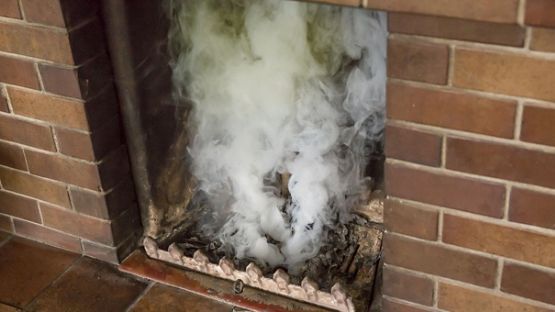Buying a home is a significant expense. It’s natural for new homeowners to tighten their belts in other areas; perhaps cutting back on travel, dining out or other expenses. Even if you’re not a new homeowner, you might look to curb your expenses for a wide variety of reasons.
While regularly evaluating your expenses is a good financial practice, skimping on your insurance is not. Indeed, one area you should not cut corners is your home insurance. Let’s look at some of the risks of underinsured homes, the signs that your home might be underinsured and what to do about it.
Key takeaways
- Not having adequate home insurance coverage can lead to financial hardship, anxiety, debt accumulation and potential legal liabilities
- Homeowners may face uncompensated losses, high repair costs, temporary living expenses, downgraded living conditions and recovery difficulties
- Regularly review your insurance policy, maintain a detailed home inventory, track home improvements and consider asking your insurance representative about add-on coverages.
What does it mean to have an underinsured house?
Having an underinsured home means that your home insurance coverage is not sufficient to fully protect you against the potential costs of rebuilding or repairing your home or replacing your belongings in the event of a loss or damage.
This can happen for several reasons:
Outdated policies
If you haven't reviewed or updated your insurance policy in several years, it may not account for renovations, improvements or additions made to your home. This can leave new or upgraded parts of your home without adequate coverage.
Not having a home inventory
Without a detailed home inventory, homeowners may underestimate the personal property coverage they require. This can lead to selecting coverage limits that are too low to fully replace all items in the event of a loss. Homeowners might also forget or overlook high-value items, such as electronics, jewellery or artwork, resulting in insufficient coverage for these items.
Policy exclusions
Standard home insurance policies may not cover certain risks or types of damage (e.g., sewer backup, overland water or earthquakes). If you haven't added specific endorsements or additional coverages to cover these risks, you may be underinsured.
An attempt to lower insurance costs
Some homeowners may choose lower coverage levels to save money on premiums, not realizing the potential consequences of not having sufficient insurance coverage.
Risks of underinsuring your home
If your home is underinsured, it can lead to many unwanted consequences that can take an emotional and financial toll, including:
- No compensation for losses: Insurance provides compensation to help replace lost or damaged items. Without it, you bear the full financial burden.
- Debt accumulation: Without insurance, you may need to take out loans or mortgages to cover repair or replacement costs, leading to significant debt.
- Personal injury liability: If someone is injured on your property and you are found liable, you could be responsible for their medical expenses, legal fees and potential settlement costs.
- Temporary living expenses: If your home becomes uninhabitable due to damage, you will need to pay out of pocket for temporary accommodations, such as hotel stays or rental properties.
- Downgraded living conditions: You might not have the funds to restore your home to its previous condition, resulting in less comfortable living conditions.
- Recovery difficulties: The process of recovering from a major loss without insurance can be emotionally and psychologically taxing.
How to ensure you’re properly insured
Learning that your house insurance coverage doesn't fully cover the damage your property has incurred can be extremely stressful. Working with a licensed insurance representative can help you find the right homeowners insurance for your needs.
Here are some things you can do to ensure you have sufficient coverage:
- Review your house insurance coverage annually: Review your home insurance coverage annually with your insurance representative. They can help you determine how much coverage you need.
- Create and maintain your home inventory: Update your personal property inventory to ensure you’re adequately covered for personal items and belongings.
- Track home improvements and renovations that might add value: Notify your insurer prior to any changes or renovations to your home. Making improvements to your house can add value, but it can also mean you become underinsured or not covered in the event of a loss.
- Explore add-on coverage: Earthquake, sewer backup and overland water and cyber insurance are just some of the add-on options.
Being uninsured leaves you vulnerable to a wide range of risks that can have devastating financial, and emotional impacts. Ensuring adequate insurance coverage is important for protecting your home, assets and overall well-being.













